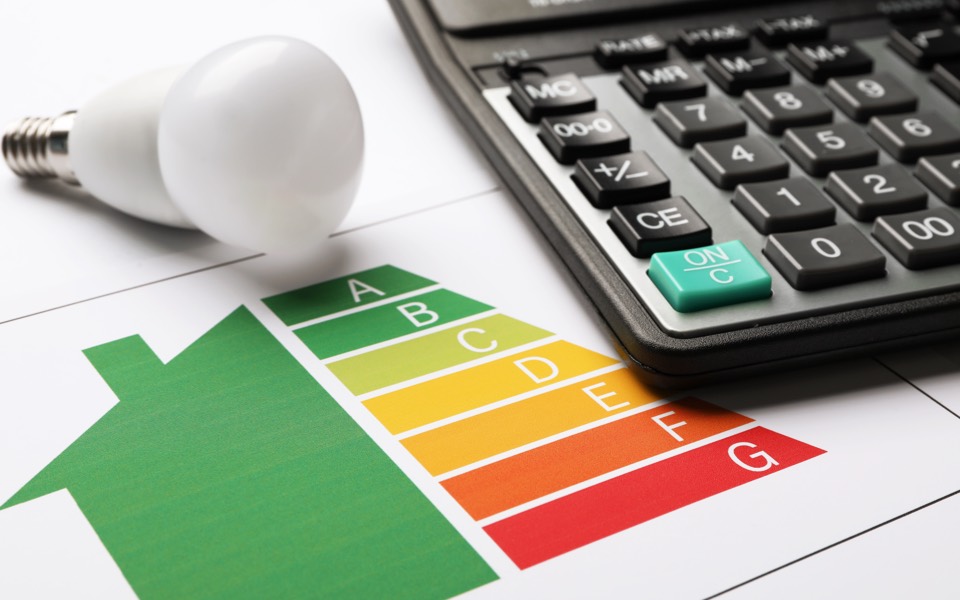Short- and long-term saving moves

There are some household interventions at little to no cost that can help us reduce our energy consumption, but their effects are considerably smaller than investing in an energy efficiency upgrade. That is why it makes sense for families to invest in the comprehensive upgrading of their homes and vehicles.
For instance, when a household sets the central heating thermostat one degree lower, that can reduce consumption by 5-10%. However, the energy shielding of a building can reduce consumption by up to 70%.
When a driver ensures their car’s engine does not exceed 3,000 rpm, practically driving at a lower speed, along with checking tires and reducing vehicle weight, they can save 20% on fuel. Yet investing in a less energy-consuming vehicle can save up to 50% in fuel.
As for domestic electricity consumption, avoiding power wastage when cooking, switching off lights etc can contain the kilowatt-hours consumed, but it is the use of smart systems, energy-efficient light bulbs and less energy-intensive appliances that have the best results when it comes to reducing one’s energy consumption.





